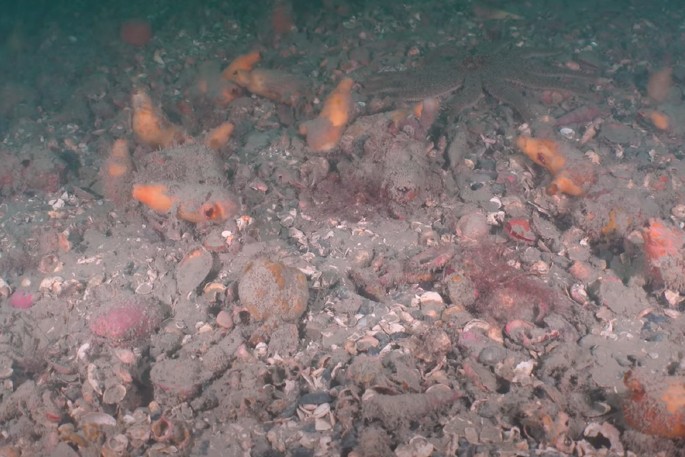This Content Is Only For Subscribers
Marine animal forests rich in sea life have been found in the shallow waters around Te Whanganui-a-Tara Wellington.
“Marine animal forests are habitats formed by big groups of invertebrates—creatures such as sponges, horse mussels, and brachiopods, which look a bit like clams. These remarkable communities are increasingly being recognised as biodiversity hotspots and we’ve got them on our doorstep,” said Professor James Bell, a marine biologist at Te Herenga Waka—Victoria University of Wellington.
The forests were located by Professor Bell and colleagues Dr Valerio Micaroni and Dr Francesca Strano while studying life in the region’s shallow waters.
The researchers identified numerous animal forests in Wellington Harbour, many at depths of less than 15 metres. Sites were located at Eastbourne, Evans Bay, Kaiwharawhara, the Miramar Peninsula, and Petone.
Rich animal forests were also found in shallow waters at other areas including the Kāpiti Coast and Mana Island.
“Finding animal-dominated ecosystems in such shallow waters is surprising as these are areas that are usually dominated by seaweeds,” says lead researcher Dr Micaroni.
Sponges were one of the common species found in the forests. They included a massive potato-shaped sponge (Suberites australiensis) that grows up to 40 centimetres in diameter and forms dense sponge beds.
“These beds were home to a range of species, including molluscs, cnidarians, and red algae, as well as other sponges and fish. We also discovered what we think is a previously undescribed sponge species,” Dr Strano says.
The sponge beds in the harbour comprised a total area of 120,000 m2. Researchers estimate the beds can filter between 500 million to 1 billion litres of water daily. This filtering plays an important role in transferring nutrients and food from the water column to the sea-floor, influencing overall water quality and supporting the sea-floor food chain.
Despite the ecological importance of these shallow-water forests, they are largely unprotected and face increasing threats from climate change, fishing, sedimentation, and pollution, Professor Bell said.
At most of the sites in Wellington Harbour, the researchers found litter on the sea-floor.
“There was a lot of plastic items—such as bottles, packaging, and cups—as well as aluminium cans. Car parts and tyres were found at half the sites, and fishing gear was found at three locations. Concrete blocks were also common,” Professor Bell says.
Evans Bay was the worst site for marine litter, followed by Kaiwharawhara where large amounts of gravel had been dumped on areas of the seabed. The gravel dramatically altered the habitat with animal communities significantly reduced and limited evidence they had been able to recover since the gravel was dumped.
“This example highlights the significant effects human activities can have on marine animal forests. It also highlights the need to protect these fragile ecosystems to avoid further biodiversity loss,” says Dr Megan Melidonis, senior coastal scientist at the Greater Wellington Regional Council.
The council helped fund the research as part of work to explore and map the region’s marine biodiversity.
“These forest communities play such a key role in marine food chains and in maintaining water quality. It is incredible to find them in a harbour adjacent to a major urban area,” Dr Melidonis says.
Results of the study are published in the journal Global Ecology and Conservation.



